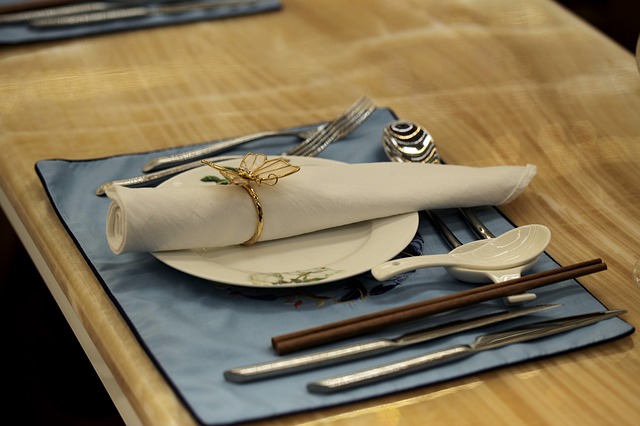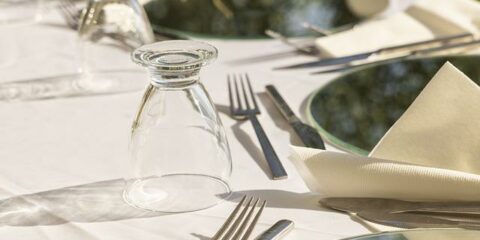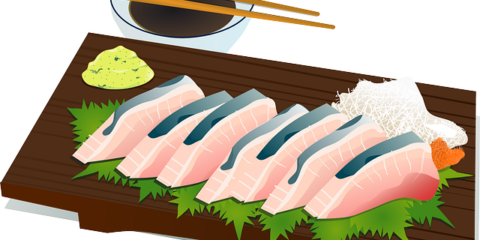| order | Interpretation of etiquette content |
| 1 | It is forbidden to use your own tableware to make dishes for others. |
| 2 | Put knives and forks on the table, generally no more than three pairs. For a set meal with more than three dishes, new knives and forks must be placed after the knives and forks are used up. |
| 3 | Knives and forks are used in order from the outside to the inside (that is, they are placed in order from the outside to the inside in advance). |
| 4 | For the sake of safety, don’t point fingers when holding a knife and fork in your hand. When speaking or talking, you should put the knife and fork on the plate to be polite. This is also a kind of respect for the people next to you. |
| 5 | Forks and spoons can be imported, but knives cannot be put into the mouth, whether there is food on it or not. In addition to the etiquette requirements, the knife entrance is also dangerous. |
| 6 | If you don’t need a knife to eat a dish, you can also hold a fork with your right hand. For example, when Italians eat noodles, they only use one fork and don’t need other tableware, so it’s easy and convenient to hold the fork with your right hand. If you don’t have large pieces of meat to cut, such as vegetarian dishes, but vegetables and non-staple foods that don’t need to be cut, you can also eat with a fork in your right hand. |
| 7 | Knives and forks have different specifications, and their sizes are determined according to different purposes. When eating meat, whether you want to cut it with a knife or not, you should use a large knife. Use a medium knife when eating salads, sweets, or appetizers. Forks or spoons generally vary with the size of the knife. When drinking soup, use a large spoon, while when drinking coffee and eating ice cream, use a small one. |
| 8 | When eating, the plate is in the middle, then the knife and spoon are placed on the right side of the plate and the fork is placed on the left. Generally, when drinking Western food, people who write with their right hand naturally hold a knife or spoon in their right hand, a fork in their left hand, and a cup in their right hand. |
| 9 | When eating, the left and right hands usually cooperate with each other, that is, one knife and one fork are used in pairs. With some exceptions, when drinking soup, you just put the spoon on the right – hold the spoon with your right hand. Raw oysters are usually eaten with an oyster fork in the right hand. |
| 10 | Do not stick a fork into the food inlet, but shovel the food up. Of course, now this rule has become less strict. The British take a fork in their left hand with the tip of the fork facing down and tie up the meat and send it to the entrance. If it is burnt vegetables, they use a knife to pull the vegetables onto the fork. At the entrance, the Americans cut the meat in the same way, and then put down the knife in their right hand and use a fork with the tip of the fork facing up and inserted under the meat. They shovel the meat without a knife. At the entrance, they eat burnt vegetables in the same way. |
Reference study, please comment and supplement!







